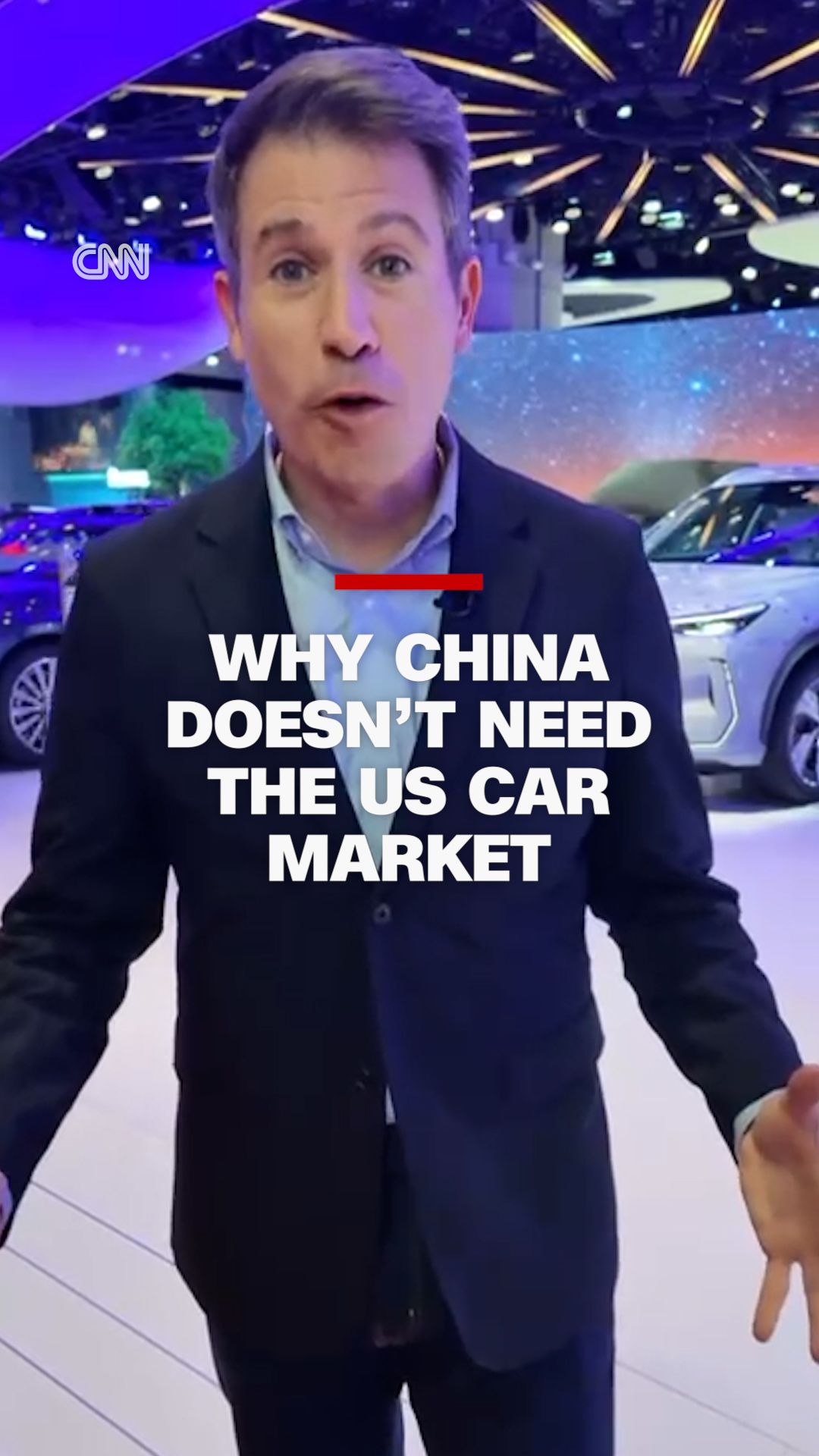Articles in this Cluster
04-05-2025
Vatican workers installed the stove, chimney, false floor, and seating in the Sistine Chapel ahead of the May 7 conclave to elect a successor to Pope Francis, who died April 21. The conclave will gather 135 cardinal electors (108 appointed by Francis) from 71 countries. Voting begins Wednesday after a Mass and oath of secrecy; ballots are burned after each round, with black smoke signaling no result and white smoke indicating a new pope. Speculation surrounds candidates including Cardinals Pietro Parolin, Luis Antonio Tagle, and Robert Sarah, amid denials of health rumors. Cardinals are meeting informally to discuss the Church’s needs before the conclave formally begins.
Entities: Sistine Chapel, Vatican, Pope Francis, College of Cardinals, Cardinal Pietro Parolin • Tone: analytical • Sentiment: neutral • Intent: inform
04-05-2025
A chimney was installed on the Sistine Chapel roof to signal the outcome of the upcoming papal conclave, which begins Wednesday. Firefighters set up the fixture as the Vatican finalizes preparations; the chapel has been closed for over a week. During the conclave, cardinals vote by secret ballot, requiring a two-thirds majority; black smoke indicates no decision, white smoke signals a new pope. The process follows the death of Pope Francis on April 21.
Entities: Sistine Chapel, Vatican, papal conclave, cardinals, Pope Francis • Tone: analytical • Sentiment: neutral • Intent: inform
04-05-2025
The Vatican has installed the stove and chimney in the Sistine Chapel to burn ballots for the papal conclave starting 7 May, when 133 cardinals will elect a new pope following Pope Francis’s death. Black smoke will signal no decision; white smoke will indicate a two-thirds majority (89 votes). Preparations include a false floor, accessible ramp, voting tables, and strict security: electronic sensors are deactivated, windows blacked out, about 80 seals installed, and a full communications blackout to prevent outside contact. Cardinals will attend a morning Mass, process into the chapel, take oaths, and vote up to four times daily until a pope is chosen.
Entities: Vatican, Sistine Chapel, papal conclave, College of Cardinals, Pope Francis • Tone: analytical • Sentiment: neutral • Intent: inform
04-05-2025
The upcoming papal conclave is unusually large, diverse, and fragmented, reflecting Pope Francis’s global reshaping of the College of Cardinals and the deep divisions he leaves behind. With 133 voting cardinals from about 70 countries—many unfamiliar with one another—alliances are fluid, blocs are weak, and expectations of a quick outcome are uncertain. Key tensions center on whether to continue Francis’s reformist, globally oriented path or “bring the papacy home” to Europe, with Italians quietly angling for a return after nearly five decades without an Italian pope. Early favorites include Cardinal Pietro Parolin (Italy), seen as a centrist administrator; Cardinal Luis Antonio Tagle (Philippines), representing the church’s expanding peripheries; and Cardinal Pierbattista Pizzaballa (Jerusalem), an Italian with pastoral appeal. Conservatives complain Francis “stacked” the college and bypassed traditional Western power centers, yet many new cardinals are not reliably progressive on issues like LGBTQ inclusion and women. The conclave’s anonymity and inexperience could make it more susceptible to established figures—or harder to herd—leaving the outcome especially unpredictable.
Entities: Pope Francis, College of Cardinals, Cardinal Pietro Parolin, Cardinal Luis Antonio Tagle, Cardinal Pierbattista Pizzaballa • Tone: analytical • Sentiment: neutral • Intent: inform
04-05-2025
Days before the papal conclave, several cardinals celebrated Mass at their titular churches in Rome, offering subtle signals about their priorities. Cardinals Jean-Marc Aveline (France) emphasized openness to others and truth, engaging warmly with parishioners; Cardinal Peter Erdo (Hungary), favored by conservatives, called for safeguarding tradition and deepening evangelization amid a “dramatic” historical moment; and Cardinal Fridolin Ambongo (Congo), aligned with Pope Francis, stressed the church’s universality and asked for prayers for a pope ready to meet modern challenges while avoiding divisive issues. Leading Italian contenders, Cardinals Pietro Parolin and Pierbattista Pizzaballa, stayed out of the public eye, underscoring a front-runner strategy. Enthusiastic crowds and media scrutiny highlighted how these appearances functioned as last public cues ahead of the vote.
Entities: Cardinal Jean-Marc Aveline, Cardinal Peter Erdo, Cardinal Fridolin Ambongo, Pope Francis, Cardinal Pietro Parolin • Tone: analytical • Sentiment: neutral • Intent: inform
